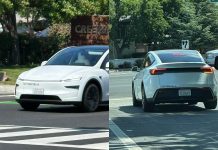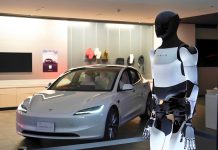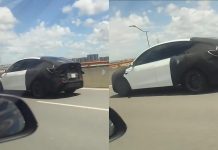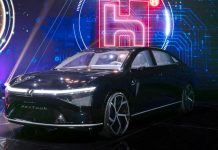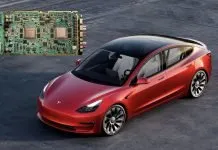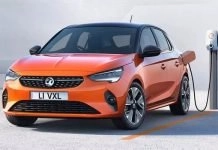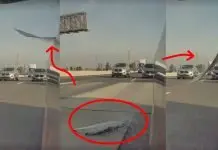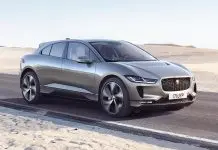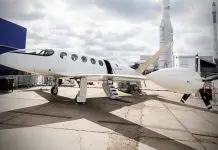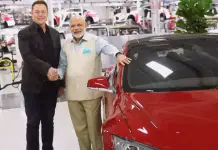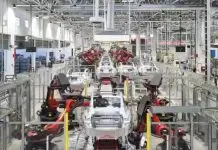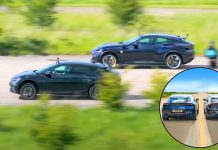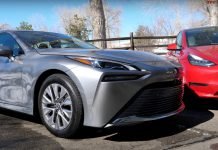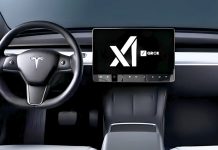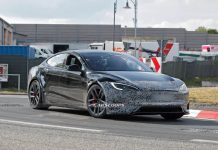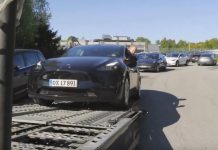Today, Tesla has made significant advancements toward self-driving cars. Another Robotaxi undergoing tests in California has a TCP (Transportation Charter Permit) license, implying that Tesla could soon start offering the service in other areas after launching in Austin, Texas.
A vehicle on the road in the Bay Area shows changes in both its appearance and in the FSD system’s equipment. Unlike prototypes spotted in the past, this newer version seems closer to a final product, which, together with other news, points to the program’s readiness for market launch.
Tesla has set June 12 as the official launch date for its Robotaxi service in Austin. Robotaxi has been made possible in Texas thanks to looser regulations. Now, Tesla’s move to California, which has tougher rules yet is a key market for both services, suggests the company wants to offer its service in more places, including worldwide.
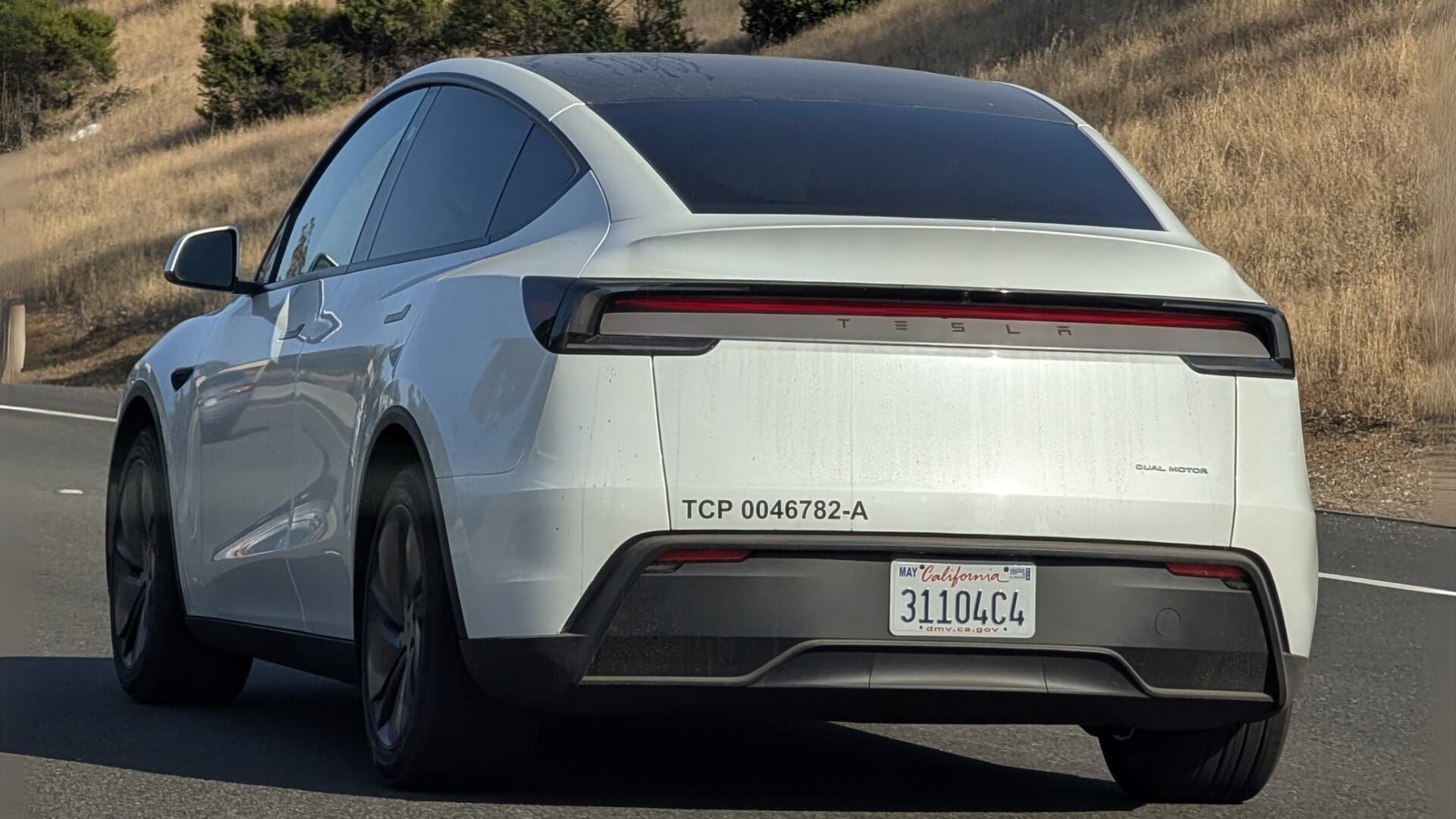
What the TCP License Represents
The TCP license comes from the California Public Utilities Commission, and all companies that offer passengers for hire must have it. Since Tesla recently demonstrated a ride-hailing service using a TCP license, it looks like the company is preparing the Tesla Network, a competitor to Uber and Lyft, powered by autonomous EVs.
The news shows that Tesla is going beyond data collection and is now striving to make its cars autonomous in the strictest regulatory area for AVs.
Is this one of the robotaxis in testing in silicon valley for Tesla? pic.twitter.com/XNhJSHnDNE
— Max Weinbach (@MaxWinebach) June 7, 2025
Investors Are Keeping a Close Eye
A lot of investors believe that the start of Tesla’s Robotaxi service could have a major impact on its stock price. Even though Tesla’s main business is expanding, its success in autonomy could change the company from a carmaker to a worldwide transportation company.
The share price of Tesla (TSLA) increased by 3.8% on Friday morning, thanks to the news about California testing, as several analysts pointed out its key advantages. Many institutional investors consider Tesla’s FSD technology, data collection, and how the company builds everything itself as major differences in the autonomous sector. Remarkably, robotaxis are expected to collect billions yearly with no driver costs via ride-hailing.
Challenges That Regulations Present
There are still problems for Tesla, even though the company appears optimistic. There have been times when California regulators have been careful with autonomous vehicles, especially after safety issues from other companies. Tesla will have to ensure its record of safety remains strong and could be asked to report how the cars are operated and the rate of human disengagement.
Public acceptance is another aspect to be considered as well. Even as many Tesla enthusiasts support the plan for an autonomous fleet for ride sharing, skeptics keep questioning how safety, lawsuits, and ethics would be dealt with.
What’s Next?
Some experts say Tesla plans to introduce its robotaxi service in California as early as the end of 2025. More positions are now being created for fleet managers, ride drivers, and analysis experts, confirming that the company is fully preparing.
If Tesla’s Robotaxi fleet works out, it could replace today’s rideshare companies, giving people cleaner, cheaper, and more efficient service. If Tesla combines AI, EVs, and direct sales with customers, it could take over many other areas in mobility.
Currently, people are paying close attention to California’s roads. What used to be a concept car is now ready for use, is on the road, and might soon give you a ride.

